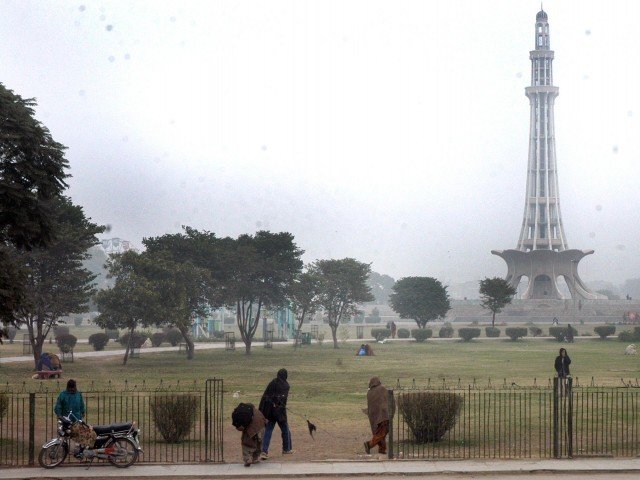
PHOTO: FILEThe writer is the Ambassador of the Republic of Korea to Pakistan
I landed on the soil of Pakistan last June along with my family. Sultry weather continued for months with temperatures over 45 degrees. When I was appointed as ambassador to Pakistan, some of my close friends comforted me, expressing concerns brought on by unfortunate news from the country such as terrorist attacks, flash flooding, earthquakes, etc. However, another side of Pakistan came to my attention after spending about 10 months.
I still have a vivid memory of the Mango Festival, which was held at the Presidential House for the first time last August. It was organised to promote various mangoes produced in Pakistan and many kinds of mango products were displayed such as mango fruits, mango juice and mango cakes, etc. Among all kinds of mangoes, the most highly regarded is the small but tasty mango from Multan, the city of saints. History tells us that Alexander the Great crossed the Indus River and advanced up to the city in an eastward expedition, however, he made a decision to retreat while he was staying in Multan. Armies of Alexander the Great crossed the Khyber Pass in the mountains dividing Afghanistan and Pakistan. People with blue eyes and blond hair still reside near Kalash Valley, and claim to be descendants of the Greeks.
In the 4th century, Marananta, a Pakistani Buddhist monk visited Korea via China and introduced Buddhism to the Korean land, which marks the beginning of cultural exchanges between Pakistan and Korea. In the 8th century, a Korean monk named Hyecho travelled the region of Peshawar and Gilgit, leaving a famous travelogue, ‘Memoir of Pilgrimage.’ Prototypes of the Buddha statue at the Seokguram Grotto in Korea are also found in the museums of Peshawar and Taxila. In the Lahore Museum, the world-famous ‘Fasting Buddha’ is siting with its blood vessels clearly showing due to several years of asceticism. Of course, Pakistan is home of the Indus Civilisation, one of the four most prosperous ancient civilizations, well represented by Mohenjo-Daro and Harappa historic sites. Hunza village, located in the northeastern part of Pakistan, is known as a village of longevity. The mountainous area of Northern Pakistan is one of the world’s top ten sceneries, officially designated by Unesco, along with the Grand Canyon in the US and Lake Louis in Canada. You can enjoy the picturesque scenes of the Karakoram Mountains topped with perennial snow from anywhere in the village.